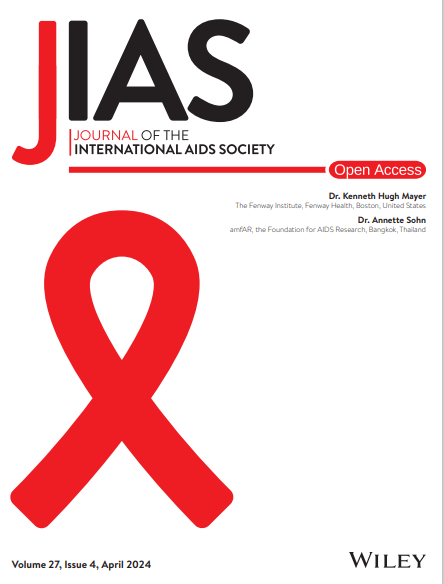Characterizing the HIV care continuum among children and adolescents with HIV in eastern and southern Africa in the era of “Universal Test and Treat”: A systematic review and meta-analysis
Abstract
Introduction
The “Universal Test and Treat” (UTT) era for antiretroviral therapy (ART) increased HIV service delivery to children and adolescents aged 0–19 with HIV. The goal is to reach ≥95% of people with HIV diagnosed, receiving ART and virally suppressed. We conducted a systematic review and meta-analysis to describe the care continuum among children and adolescents with HIV during the UTT era in the UNAIDS eastern and southern African region.
Methods
We searched PubMed, EMBASE and African Index Medicus databases for peer-reviewed articles published from 1 January 2010 to 1 June 2023. We included studies reporting ≥1 care continuum proportion in ≥1 country in the study region during the country's UTT implementation. We extracted summary proportions and pooled them using random-effects logistic regression.
Results
Of 10,281 studies screened, 190 met the inclusion criteria. Studies came from 16 countries; many from South Africa (n = 37) and Ethiopia (n = 32). The meta-analysis pooled proportions (95% confidence intervals) for children aged 0–14 were: 72% (60%, 81%) aware of HIV diagnosis; 95% (89%, 97%) on ART among diagnosed; 88% (76%, 95%) retained in HIV care after 12 months on ART; 77% (68%, 84%) self-/caregiver-reported ART adherence; 90% (79%, 95%) had a viral load test after ART initiation; and 76% (72%, 79%) viral suppression (<1000 copies/ml) while on ART with a viral load test. Similar proportions were estimated among adolescents aged 15–19: 73% (66%, 79%) diagnosed; 93% (92%, 94%) on ART; 80% (54%, 93%) retained; 74% (63%, 83%) adherent; 90% (79%, 95%) viral load test; and 78% (74%, 81%) viral suppression.
Discussion
Estimates from this study on diagnosis, ART initiation and viral suppression were consistent with UNAIDS official estimates. Estimates on retention, adherence and viral suppression were similar to previous meta-analyses conducted before UTT.
Conclusions
Consistent with UTT expectations, most children and adolescents with HIV in eastern and southern Africa have initiated ART, but challenges remain on other care continuum indicators. Future planning for HIV programmes should consider locally informed, community-supported approaches to consistently support children and adolescents with HIV throughout the HIV care continuum.


 求助内容:
求助内容: 应助结果提醒方式:
应助结果提醒方式:


